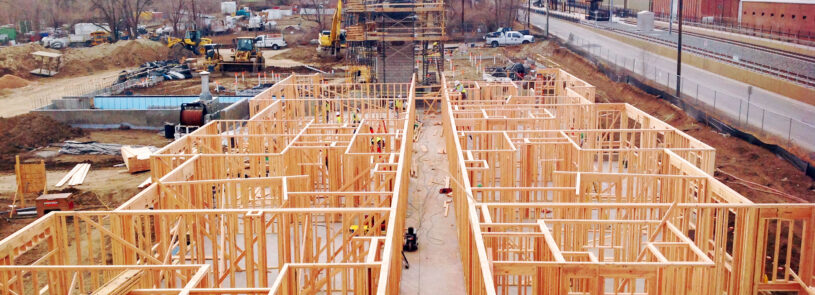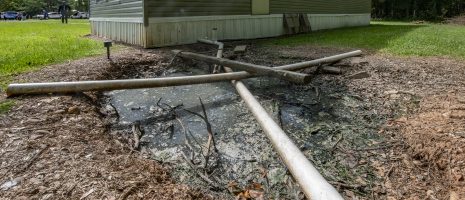8 strategies for building a structurally sustainable home

By Dave Kast, P.E.
Sustainable home design reduces the structure’s carbon footprint, improves its energy-efficiency, and can provide long-term cost savings. Designing sustainably may also qualify for tax incentives and credits, which may offset any increase in initial building costs.
The concept is catching on. According to global market reports, the single-family housing green buildings market is expected to grow from $138.74 billion in 2023 to $159.1 billion in 2024; in multifamily housing, the market is expected to grow from $139.89 billion in 2023 to $167.67 billion in 2024.
A structural life cycle assessment (SLCA) determines if this path is right for a project. A SLCA assesses the environmental impact of materials and construction methods over the entire lifecycle of a structure, from raw material extraction to disposal or recycling, to help find ways to optimize the project’s carbon reduction during structural engineering design.
IMEG uses eight structural design strategies to reduce the carbon footprint of a project.
Advanced Framing / SMART Concepts: This strategy optimizes framing techniques to reduce material usage while maintaining structural integrity and improving energy efficiency.
Type IL Cement in Concrete Mix Designs: Type IL cement is a lower carbon alternative to traditional cement and helps reduce the carbon footprint of concrete structures.
Low Carbon Footprint Admixtures: Admixtures are materials added to concrete to modify its properties. Using low carbon footprint admixtures helps reduce the overall environmental impact of concrete.
CO2 Mineralized Concrete “Carbon Cure”: This technology captures carbon dioxide emissions and incorporates them into concrete, reducing the carbon footprint of the material.
Specifying Rebar Recycled Content and Furnace Type: This strategy uses recycled content in rebar and specifies energy-efficient furnace types for manufacturing to further reduce the embodied carbon of structural components.
Environmental Product Declaration (EPD) Language: An EPD provides transparent and standardized information about the environmental impact of building materials, which helps engineers select and specify low-impact materials.
Mass/ Heavy Timber Framing: Structural strategies such as supporting non-stacking units over amenity spaces with Heavy Timber framing can reduce the building’s carbon footprint.
Photovoltaic-Ready Roofs: Designing a roof to support photovoltaic systems allows the owner to add these energy-saving features now or in the future.
By implementing these strategies, a project may achieve certifications and tax credits such as the 45L Energy Tax Credit, Enterprise Green Communities certification, and Energy Star/LEED rating certifications. These certifications validate the sustainability efforts of the project and offer financial incentives through tax credits and market differentiation.











